|
This lesson is the follow up to the Introduction To Polyrhythms lesson.
This lesson is going to go more in depth with polymeters before moving on to polyrhythms. To sum up the difference between a polyrhythm and a polymeter: A polyrhythm is smooshing at least two different rhythms into the same space. A polymeter uses at least two different time signatures that follow the same tempo which results in several repetitions of the piece of music before each section lines back up again. The polymeter HAS to cover multiple bars. The polyrhythm happens in the same bar. Let's take a look at some visual examples to help explain this better. A 4:3 polyrhythm, where you are playing 4 notes evenly spaced over 3 beats, can look something like this:
This represents two bars, or two measures.
Notice how there are 4 notes on top, and 3 notes on the bottom? Both bars look the same. The polyrhythm takes place in just one bar. A polymeter that has a 4/4 time signature and 3/4 time signature looks something like this:
The red notes represent the starting point for each time signature.
The top notes represent the 4/4 time signature. The bottom notes represent the 3/4 time signature. Notice how all of the notes line up with the same spacing? That's how a polymeter works. Two different time signatures with the exact same tempo, or beats per minute. It takes 3 full bars until the these two different time signatures line back up. Bar number 4 is where the pattern begins again. A 4:3 polyrhythm is not a 4/4 time signature being playing against, or over, a 3/4 time signature. Polyrhythms are within the same time signature. A 4:3 polyrhythm has you playing 4 beats in the same time span 3 beats are played. Polymeters use two different time signatures, and both have the same tempo. Now it's time for some polymeter examples! All of these examples are written for TWO SEPARATE guitars. ***There is a video at the end of this post that demonstrates all of the examples shown in this lesson*** This first example demonstrates a combination of a 4/4 time signature and a 3/4 time signature. The 4/4 time signature will divide up the bars/measures and be played in the 2nd stave.
Here is the same thing with the 3/4 time signature being used to divide up the bars/measures:
Now, let's do the same two time signatures but, this time, there will be a lot more movements in the notes.
The 4/4 time signature will divide up the bars/measures and be played in the 2nd stave.
Just like before, here's the same thing with the 3/4 time signature dividing up the bars/measures:
For the remaining examples, you will have one time signature being used to divide up the bars/measures, then the same piece of music will be shown again with the other time signature being used to divide up the bars/measures.
This next example will use a 9/8 time signature and a 5/8 time signature.
Let's take a look at another example using the same two time signatures, but with more complexity in the notes.
One more example in this lesson.
This one uses a 7/4 time signature and a 3/4 time signature. So far, everything has been using the same rhythm value for every note. In other words, the first and second examples used nothing but quarter notes for both time signatures. The third and fourth examples both used 8th notes the entire time. This final example will have all 16th notes for the 3/4 time signature, but the 7/4 time signature will have a more complex rhythm being used.
And that's it! No more examples for this lesson.
The next lesson in this series is going to explain to how figure out spacing polyrhythms correctly, how to count the polyrhythms, and start showing more in depth examples.
If you liked this lesson I would greatly appreciate you sharing it!
In addition to sharing these lessons, you can help get more of them made by joining the other Mile High Shred Patreon members by CLICKING HERE.
0 Comments
|
Available Instruction Courses
|
- Metal and Rock Guitar Lessons
- Reach Your Fastest Speeds
-
Menu
- Skype Lessons
- Sign Up for Skype Guitar Lessons
- Video Correspondence Lessons
- Sign Up for Video Correspondence Lessons
- FREE Lessons for a WEEK >
- Free Tabs
- Get TWO FREE eBooks
- Rates
- Instruction Courses >
- Video Feedback Lessons
- Contact
- Blog (LOTS of Free Lessons)
- Student Testimonies
- Backing Tracks
- Store
IN DEPTH
|
|

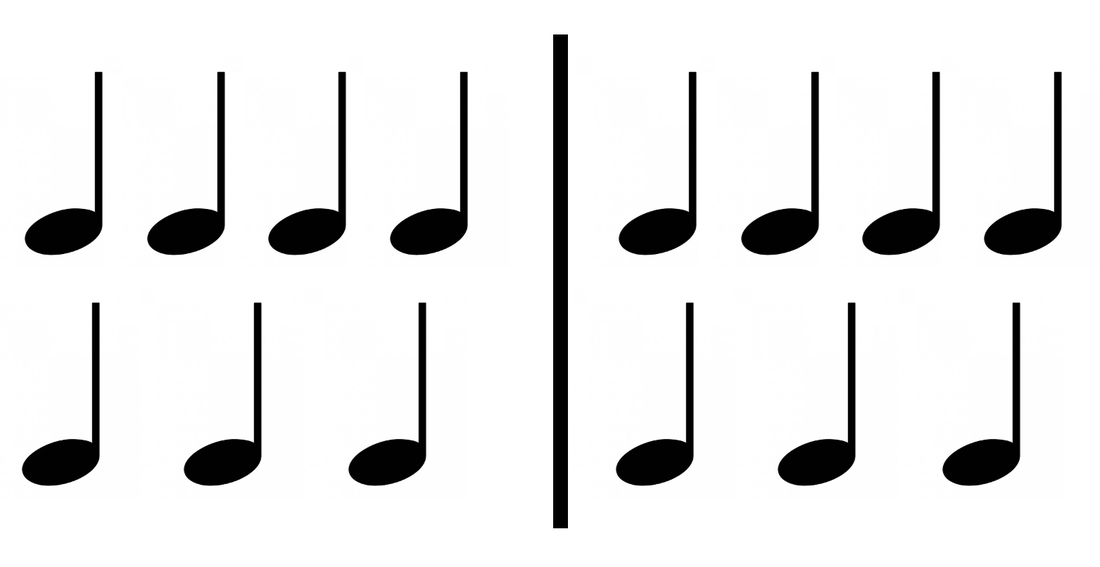
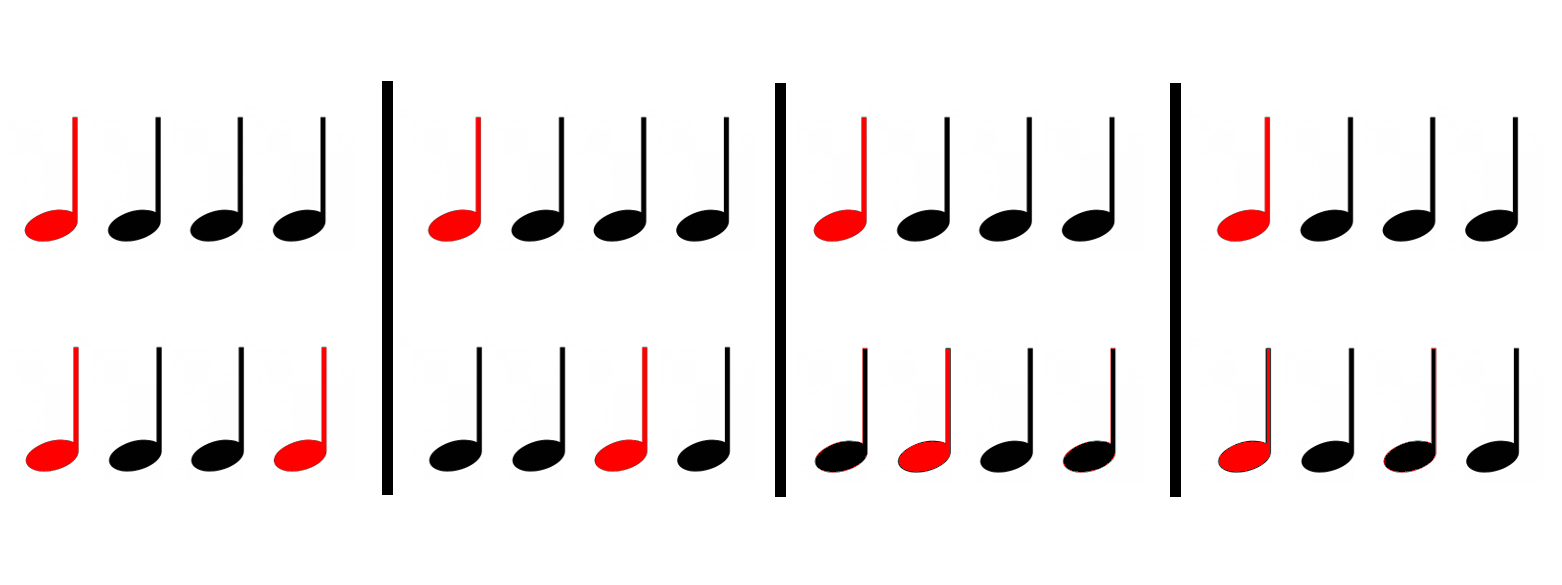
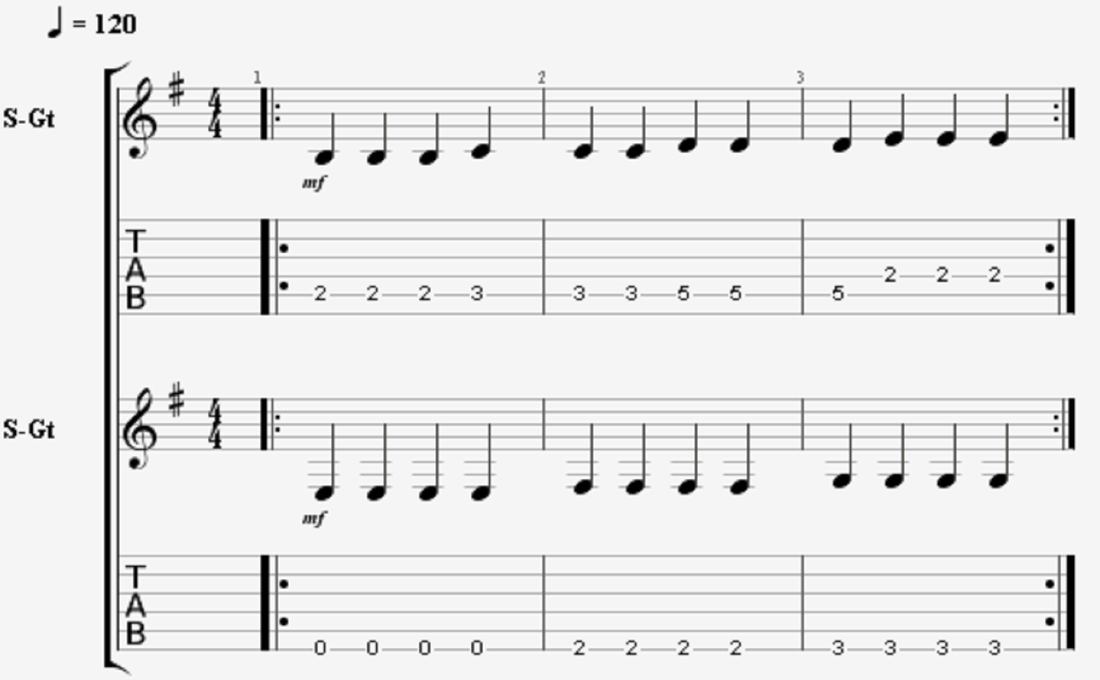
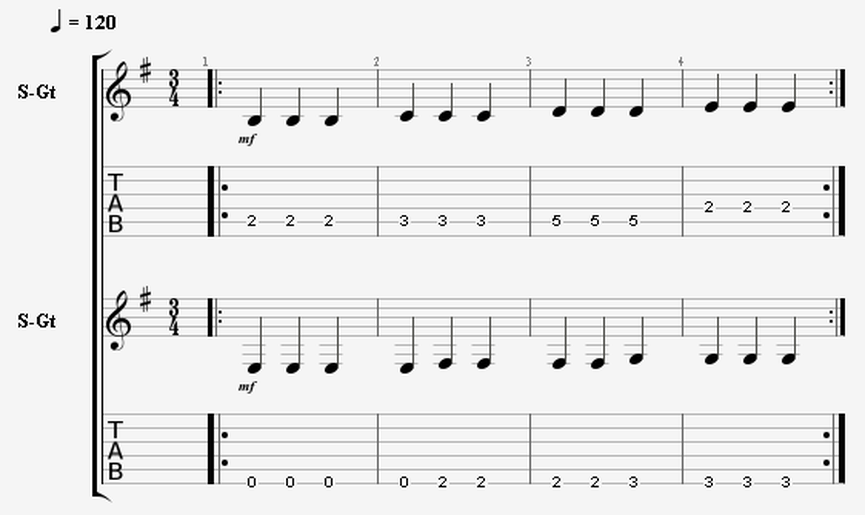
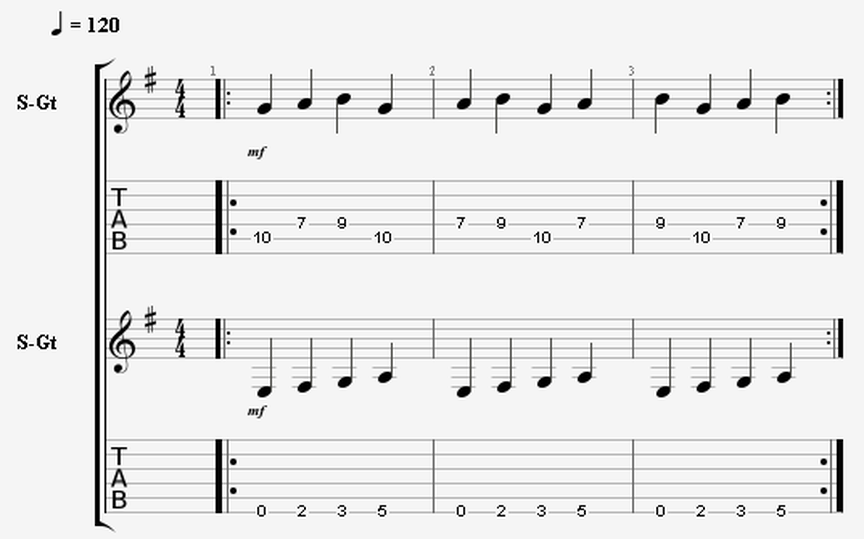
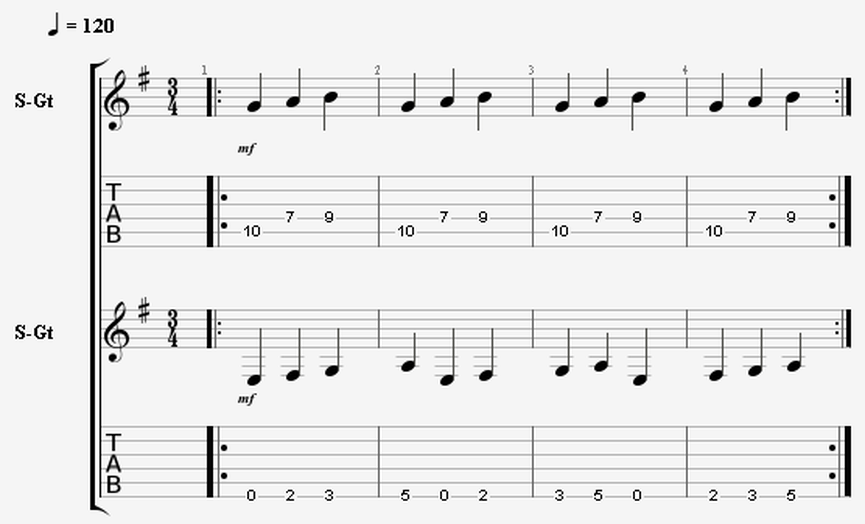
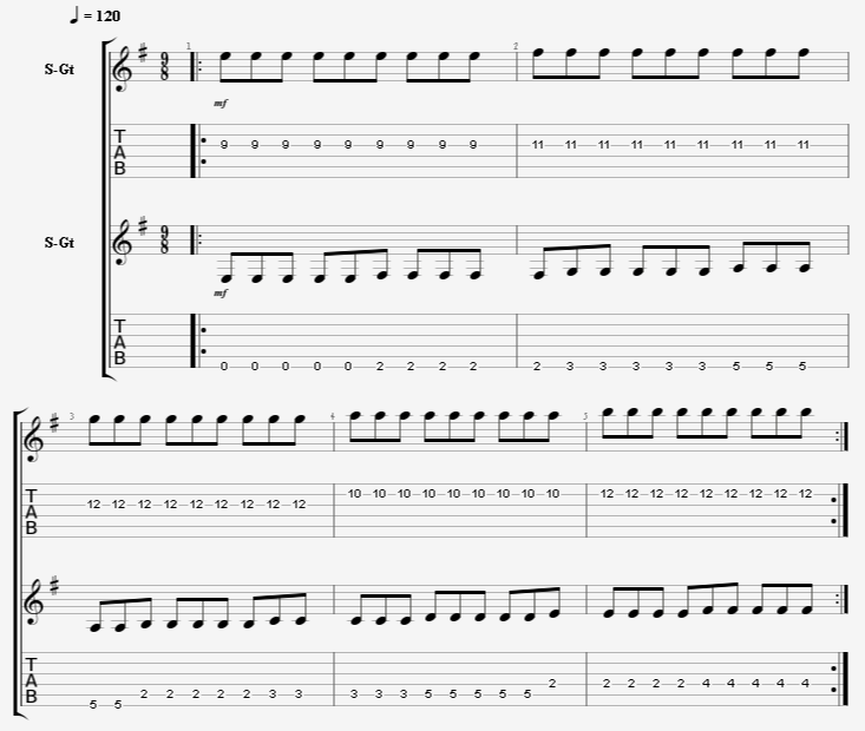
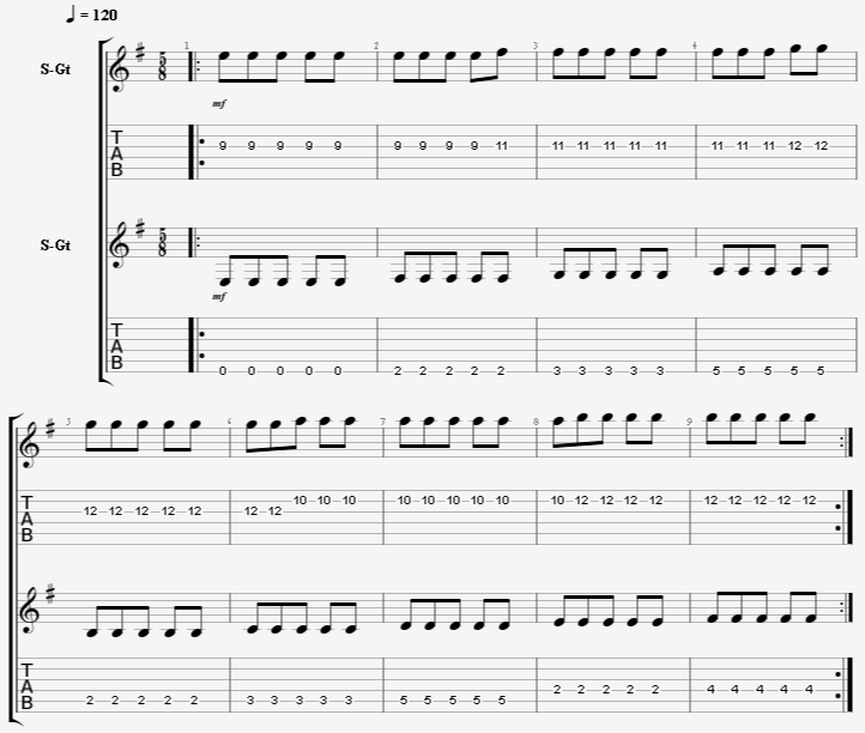
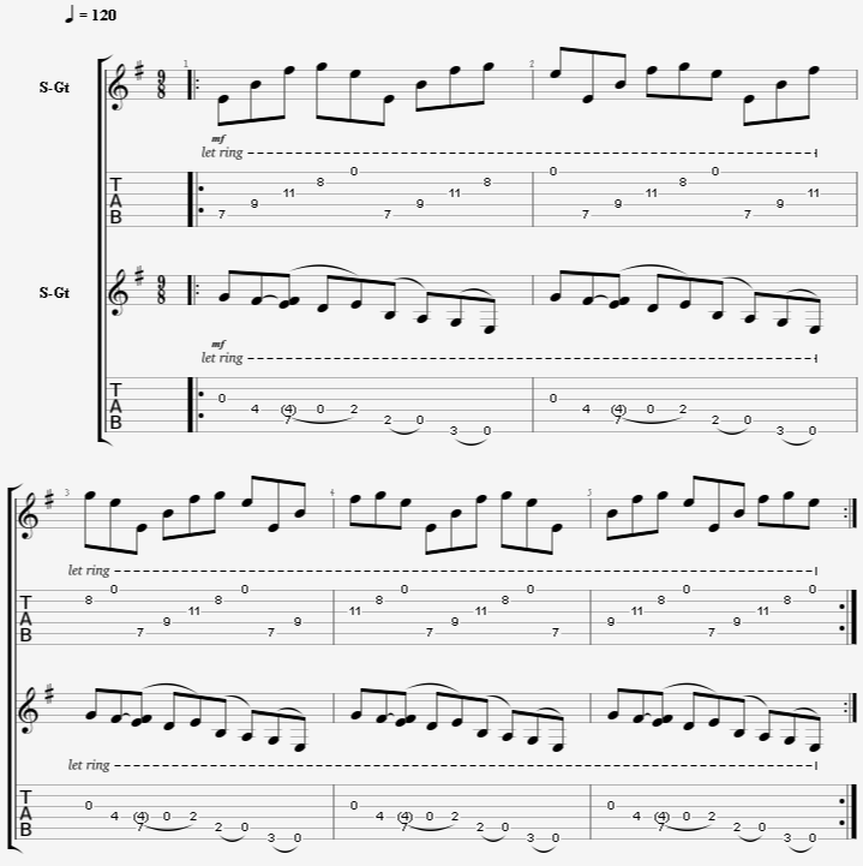
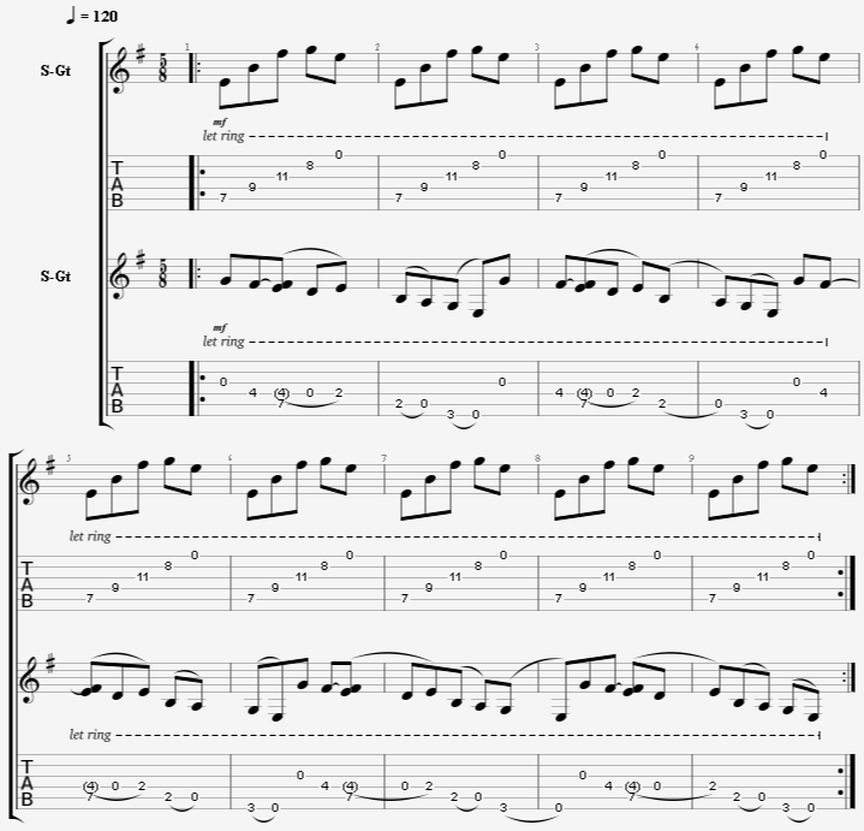
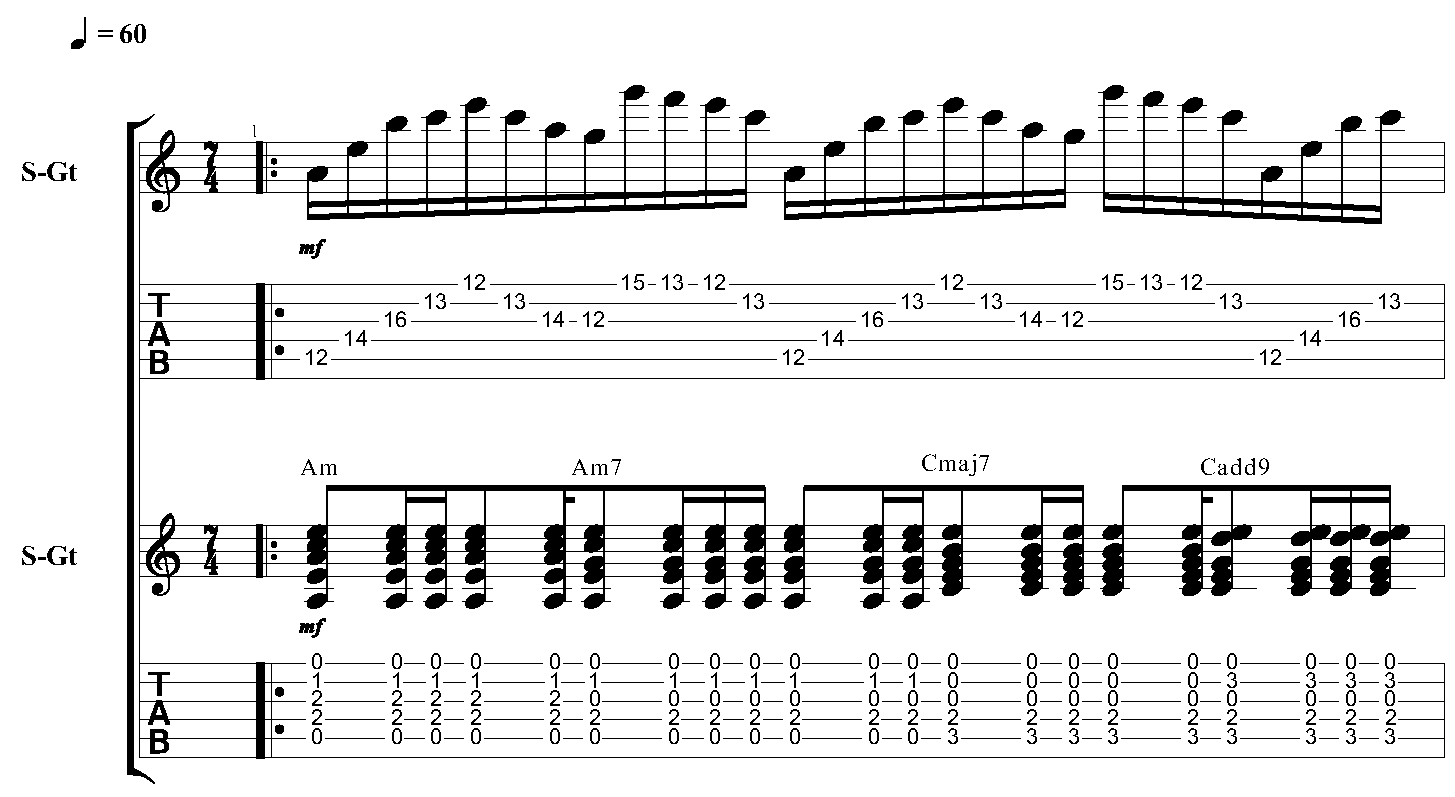
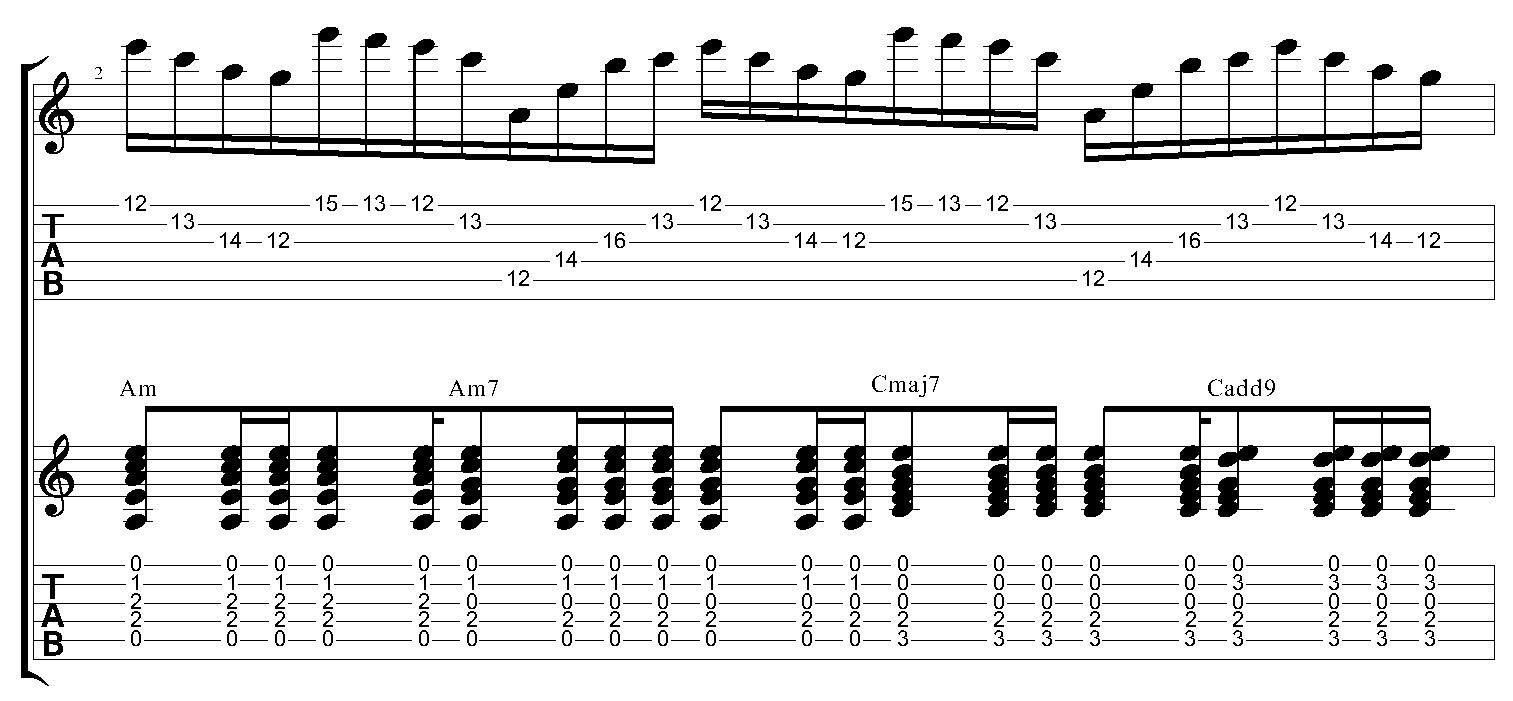
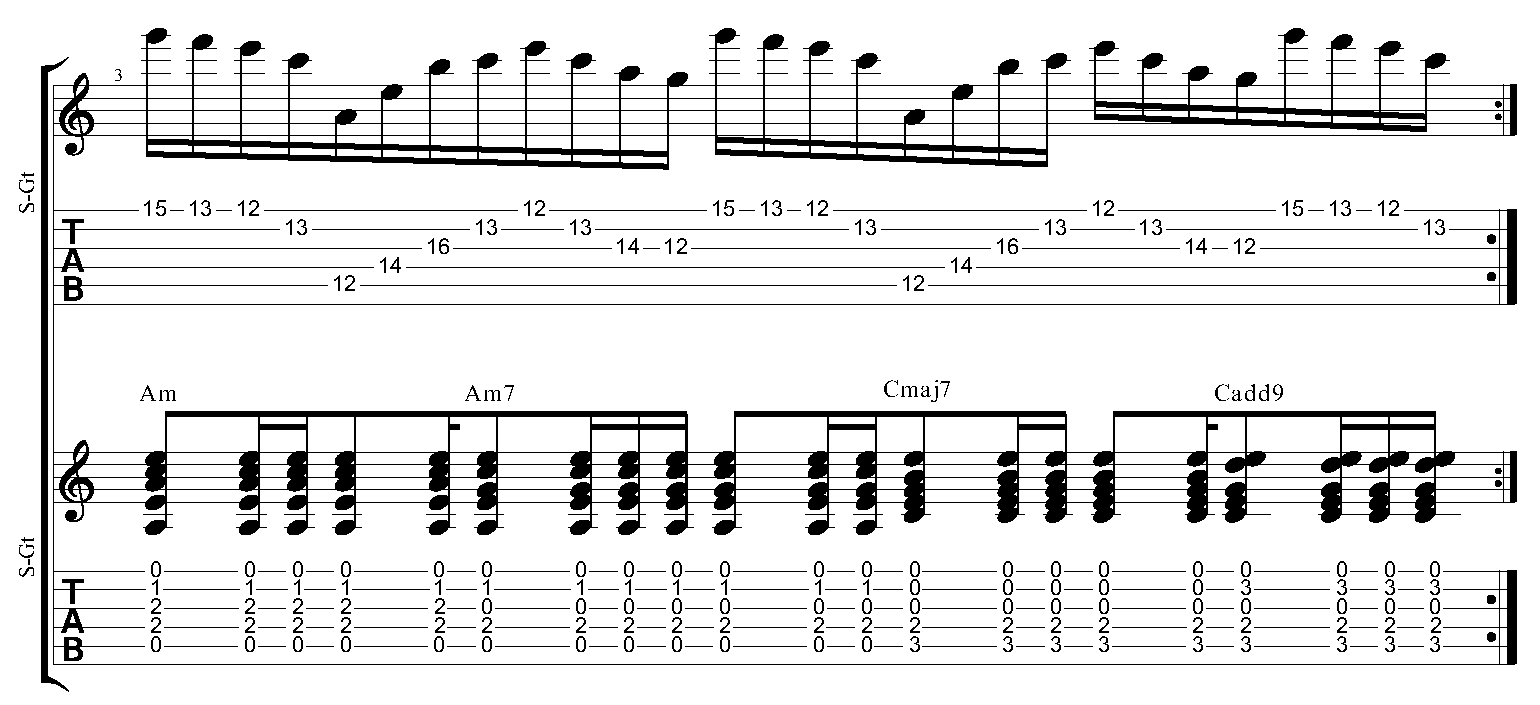
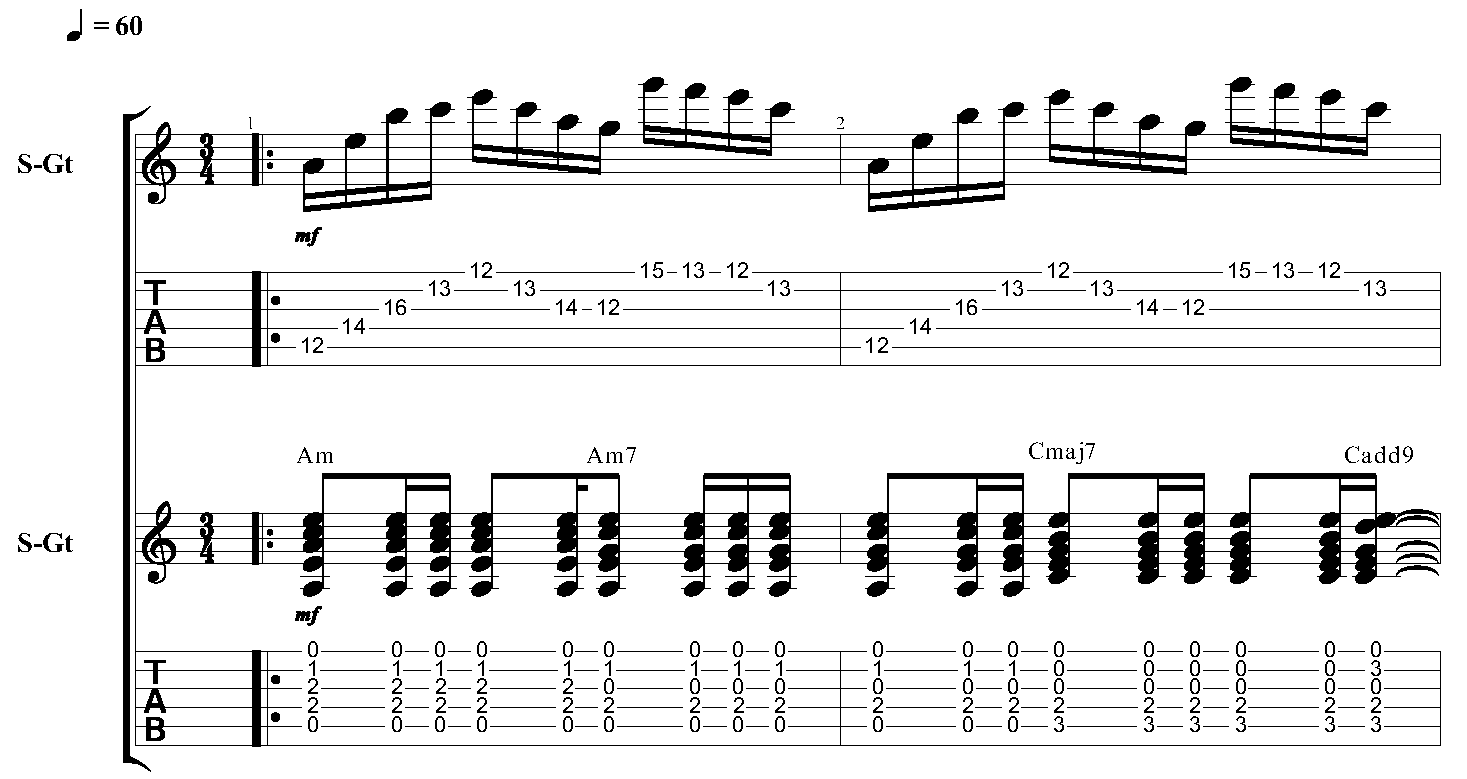
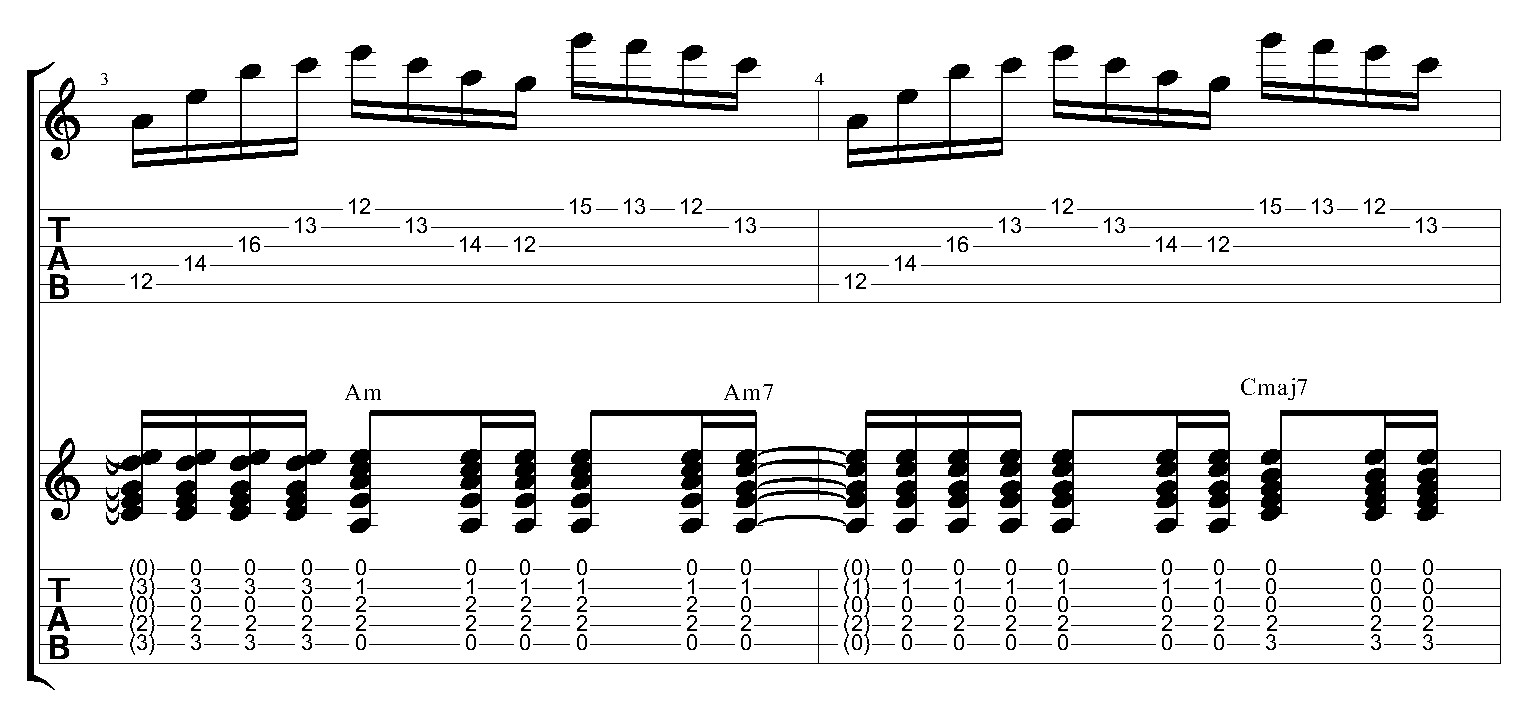
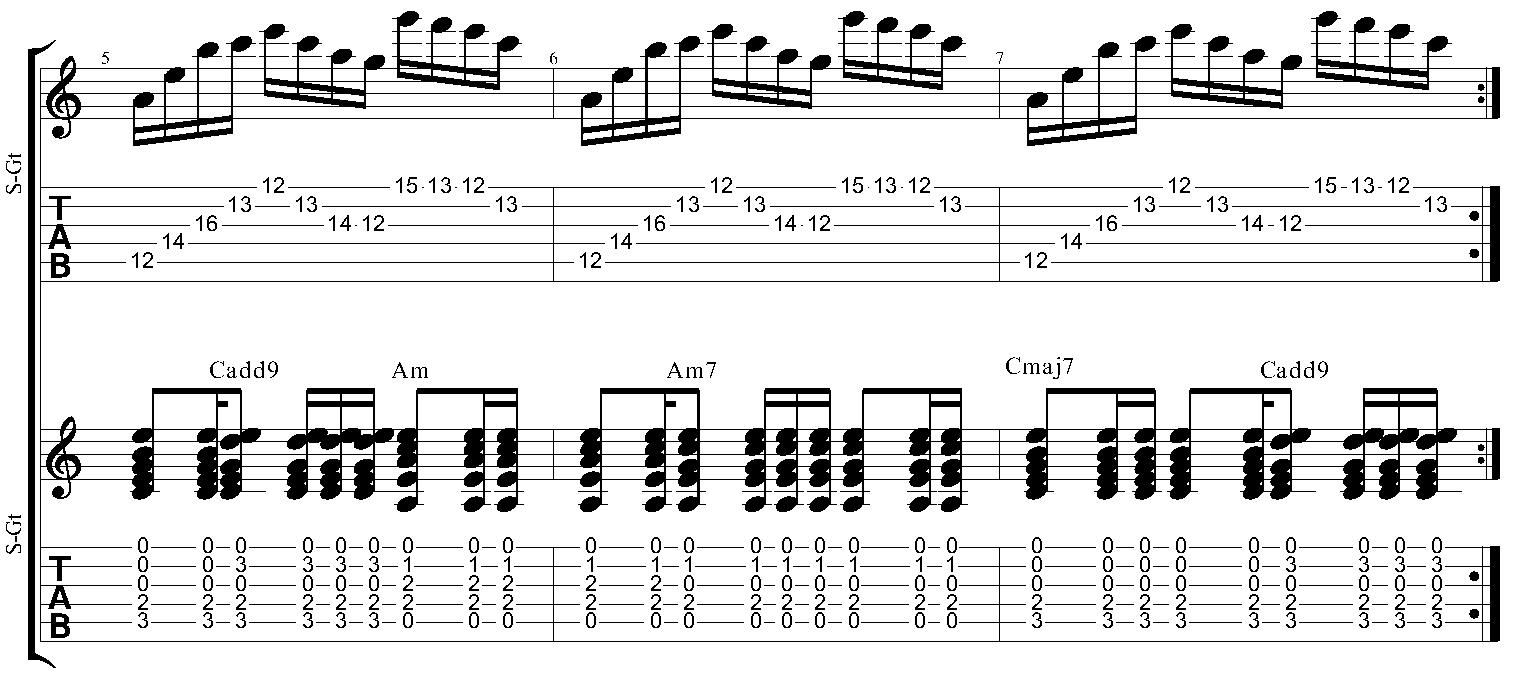
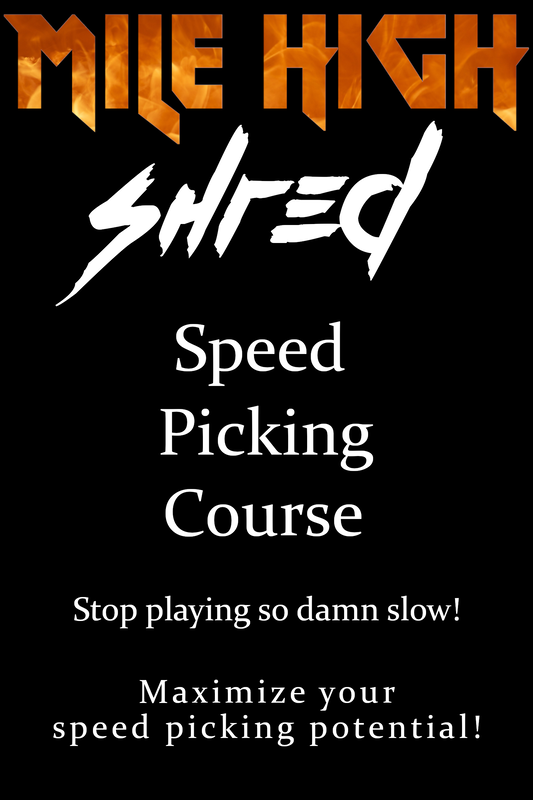
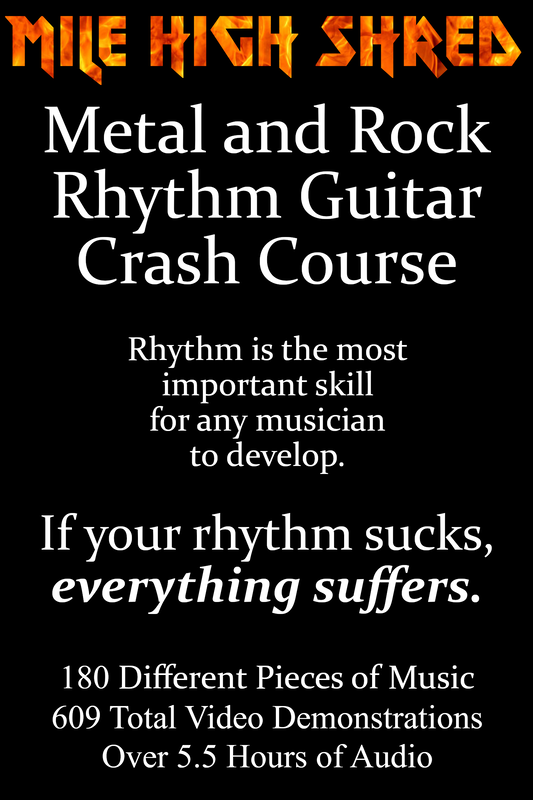
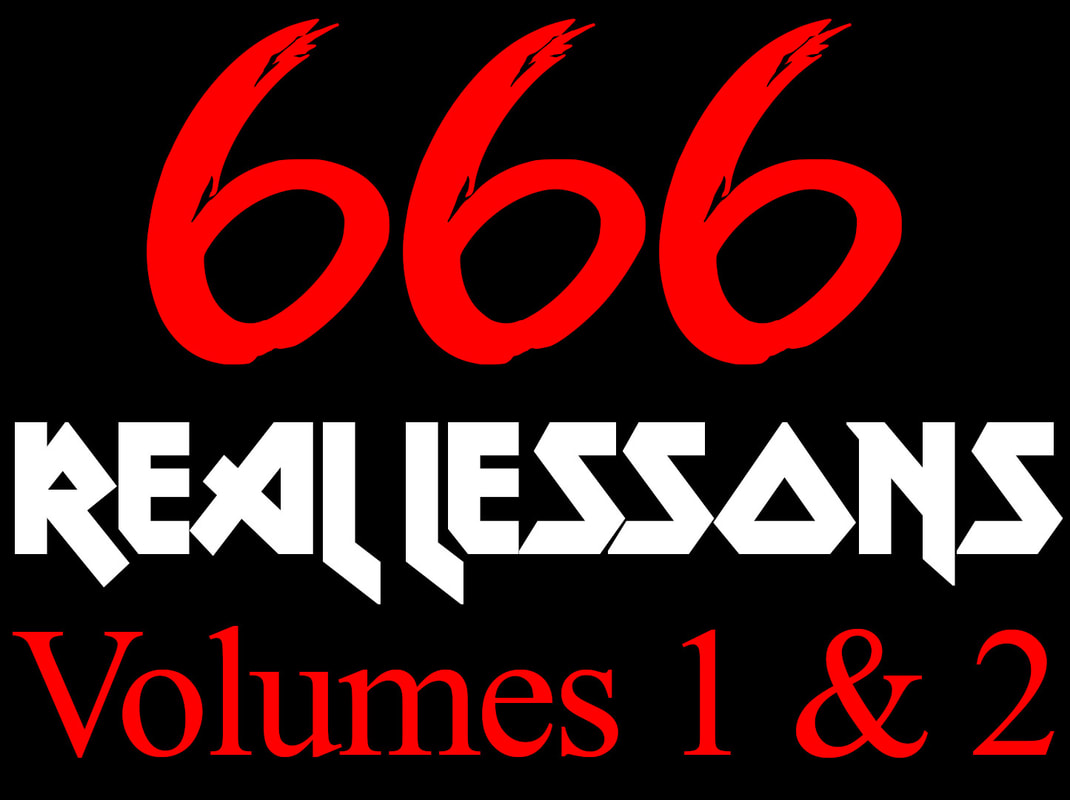
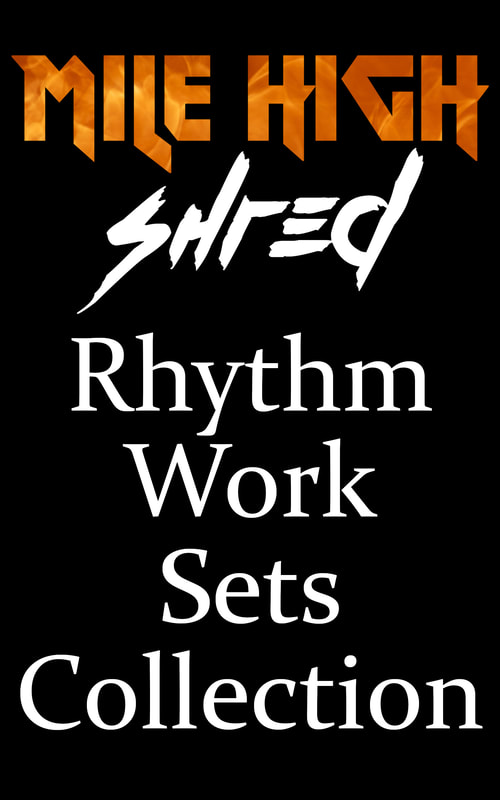
 RSS Feed
RSS Feed